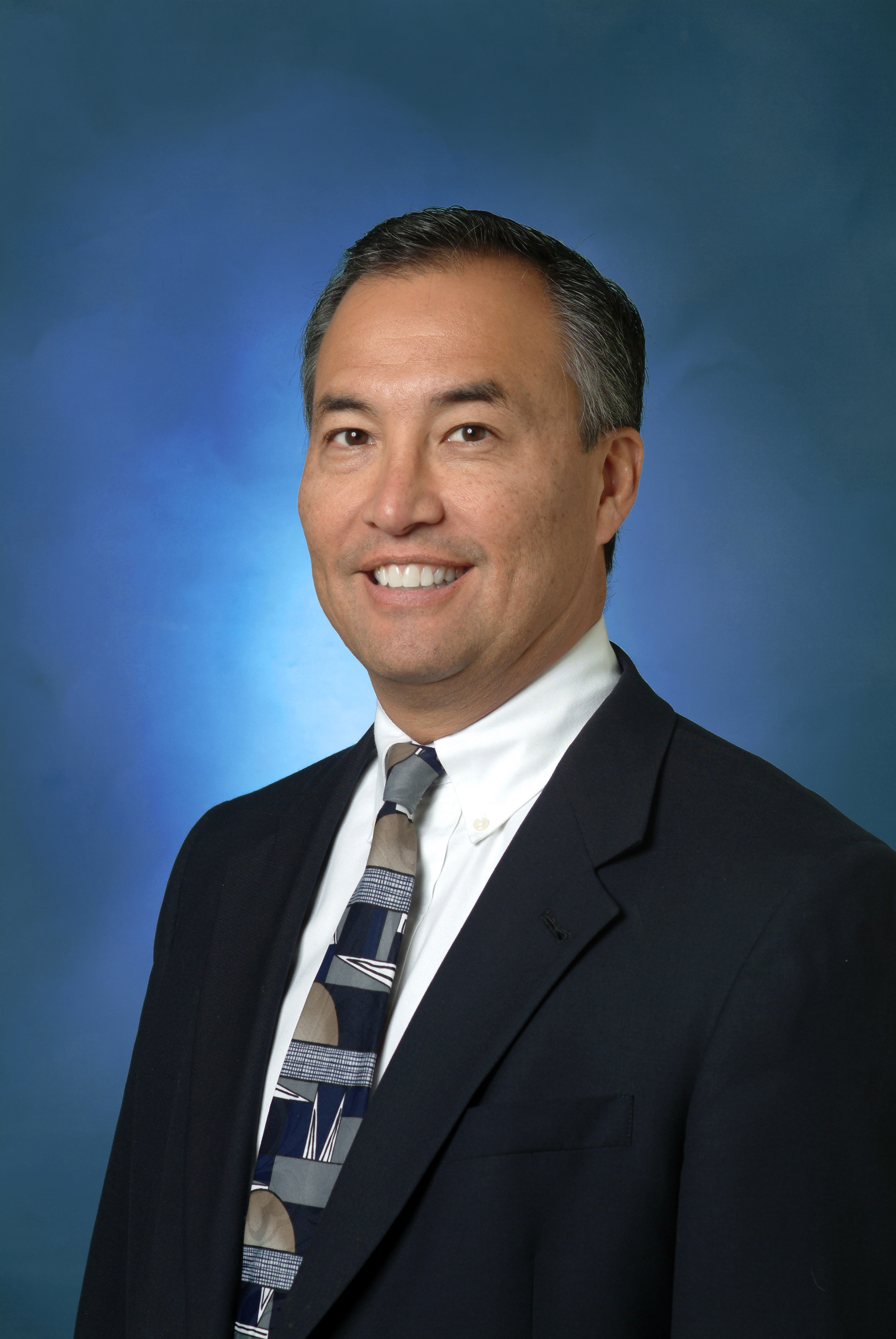The default response for many leaders in our industry is toward action. So when a crisis hits, whether internal or external, investing even more time, even more emotional intensity, even more brute force seems like the obvious move. And while action will most certainly be required, there’s another response that many of us never consider.
Every person who’s ever flown in a plane knows the standard speech about what to do if the oxygen masks fall from the overhead compartment. “If you are traveling with a child or someone who requires assistance, secure you own mask first, then assist the other person.”
The same principle applies to leaders during challenging times. If you don’t take care of yourself first, your ability to take care of others will inevitably be compromised.
Every leader knows what it’s like to show up with our best self. And we know what it’s like to show up with…let’s call it our tired self. When we are at our best, people thrive. Maybe you notice you think better, are more patient, have more energy to give, and are able to really focus on the people and issues before you in those moments. However it looks, we magnify the accomplishments of others when we show up as our best version of ourselves.
But when we’re showing up tired — sleep-deprived, out of shape, restless, impatient or worried — relationships suffer. People grow tentative, afraid of making a mistake and potentially facing our wrath. We can become overly cautious in making decisions, waiting for more information. Our judgment becomes impaired, wisdom and insight diminish, and thought leadership evaporates. This is how our tired self actually diminishes the accomplishments of others.Leaders can maximize their effectiveness simply by taking the measures necessary to show up each day, as much as they can, with their best selves.
If our respective organizations are to survive the days ahead, our job is to magnify the work of everyone and detract from no one. That means taking care of yourself first so your best self shows up every morning.
How can leaders do this? Some of the answers are obvious—exercise, sleep, spiritual nurturing, and paying attention to your emotional health. But let me offer just three more that aren’t as obvious.
Find a balancing source of hope and optimism
In an age of 24-hour sensational news, it’s easy to be bombarded with worst-case headlines. How much so-called news do you actually need in any given day? Social media can be even more of an energy drain, if that’s something you consume. Much has been written about the effect of blue light from phone and laptop screens and how it affects our ability to sleep.
No one is advocating for sticking your head in the sand and avoiding the hard truths of our current reality, but at some point, enough is enough. We all need something to bring balance back to our inner world. For some people, religious faith is that source of hope. Others have daily practices like meditation or “think time” set aside, which can be cleverly disguised as an early morning walk with the dog. Still others find 30 minutes of laughter from a favorite sitcom to be the medicine they need to sleep at night. Get creative and find a source that fills your tank with hope and optimism, then share those resources with others.
Bring Clarity about Direction
Consider the military leader in a combat unit. He or she cannot know the outcome of the battle to come. At the same time leaders must be crystal-clear about how they are going to engage. In times of uncertainty, people need clear direction. If we hesitate, we create more uncertainty. (If you need inspiration here, reread the leadership classic Certain Trumpets by Garry Wills.) Hesitancy can be a sign that we’ve forgotten our deepest purpose and values. True clarity comes when we process decisions with our minds aligned with our true north.
Pay Attention to the Cost of Decision-Making
One of the most draining experiences a leader faces is the endless list of hard decisions. By definition, a crisis calls for hard decisions now to avoid even greater losses later. This is an opportunity to invite a trusted few to help think through those decisions. Many leaders of industry have formed “war rooms” to discuss the tough issues they’re facing. Others form “tiger teams,” a small unofficial group of trusted advisors (both internal and external). Some bring on outside directors to their board for the same reasons. This allows others to help carry the weight of responsibility and join in the eventual celebration of survival. And when those hard decisions must be executed, particularly those that involve people’s livelihood, be clear, concise, and compassionate.
None of us know how this will turn out, but we can all agree it is a fundamental shift for our world, our industry, our companies, and our families. Regardless of what happens, being confident that we brought the best of ourselves to the battle is an outcome worth striving toward.
